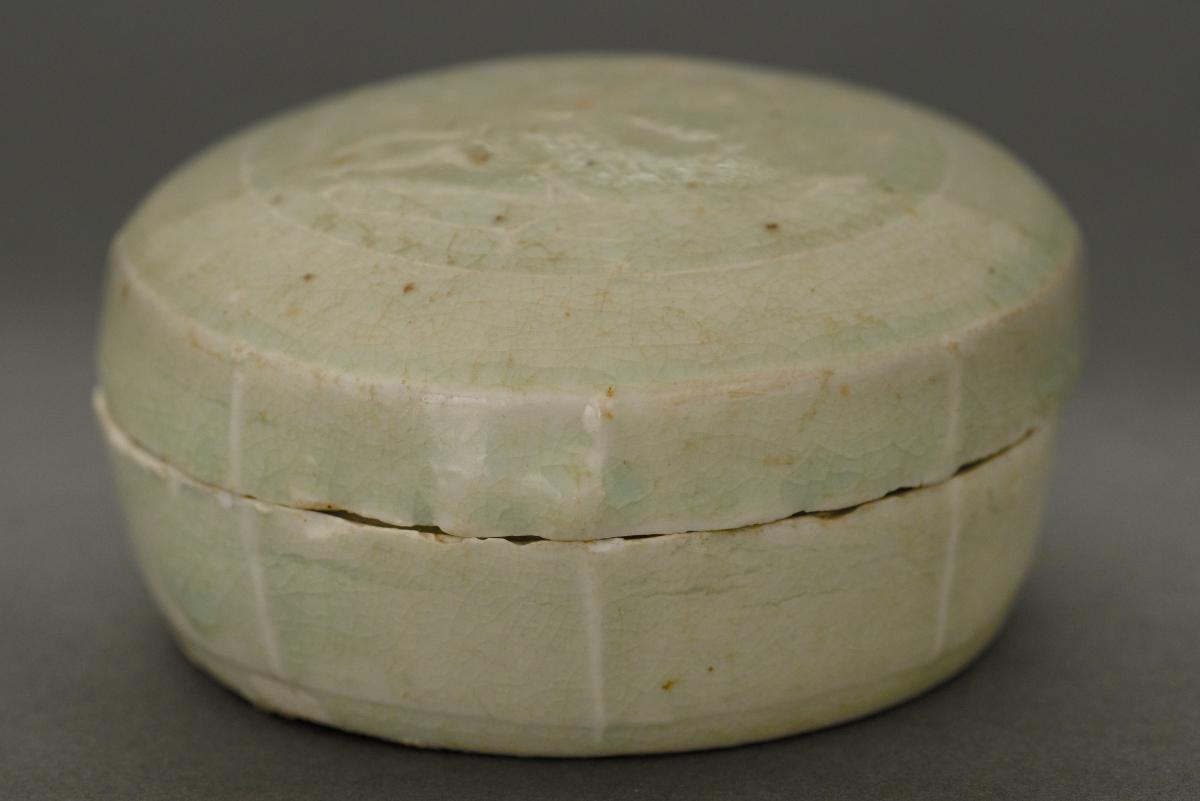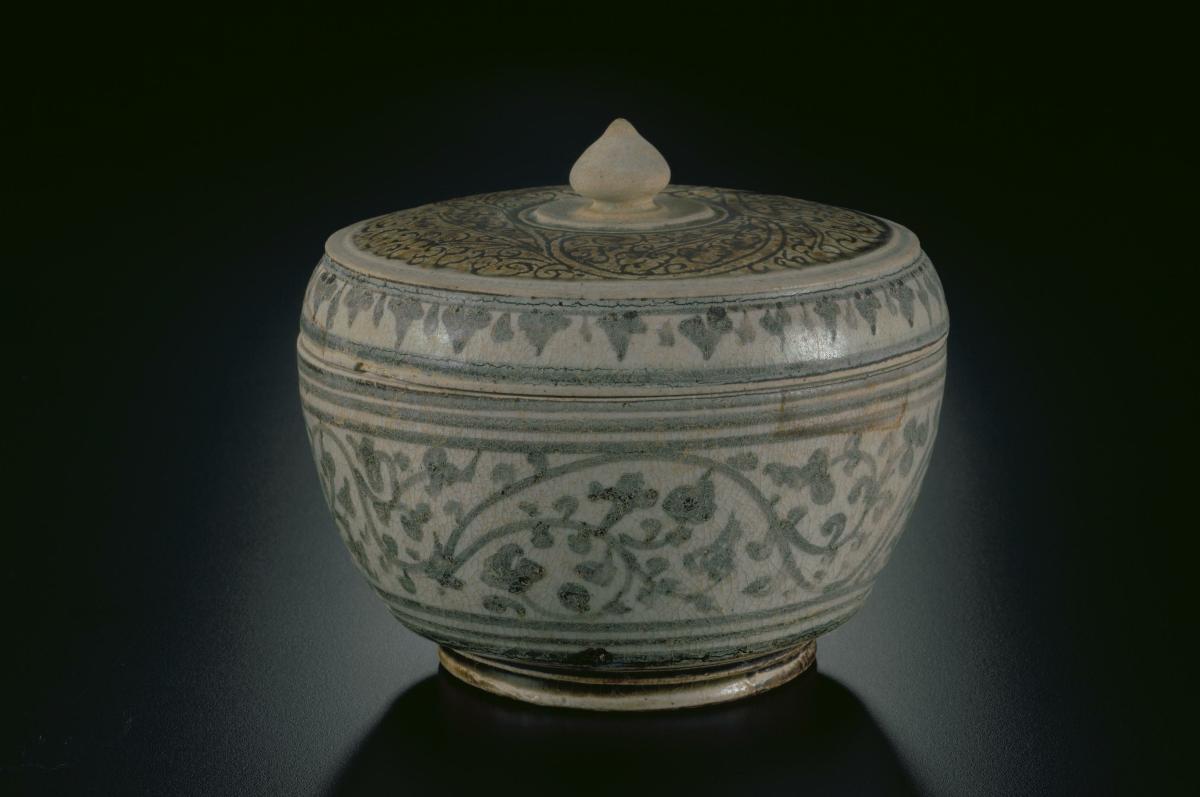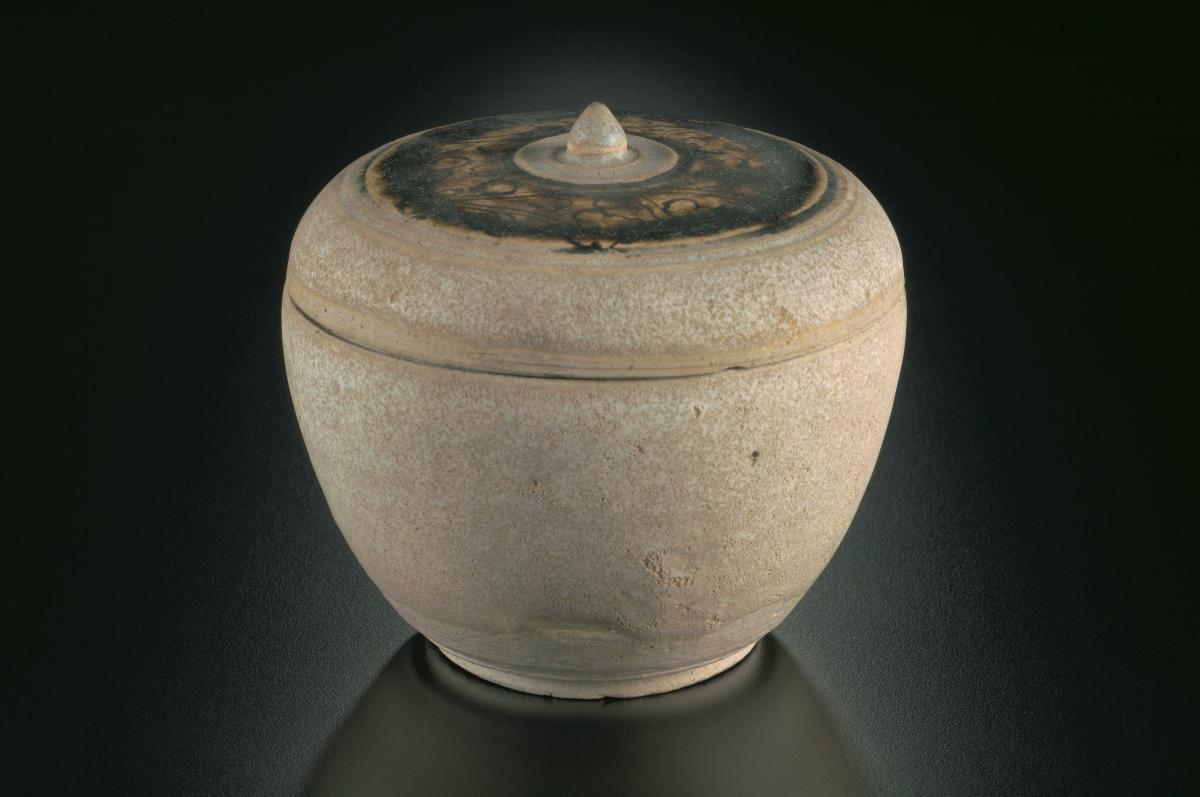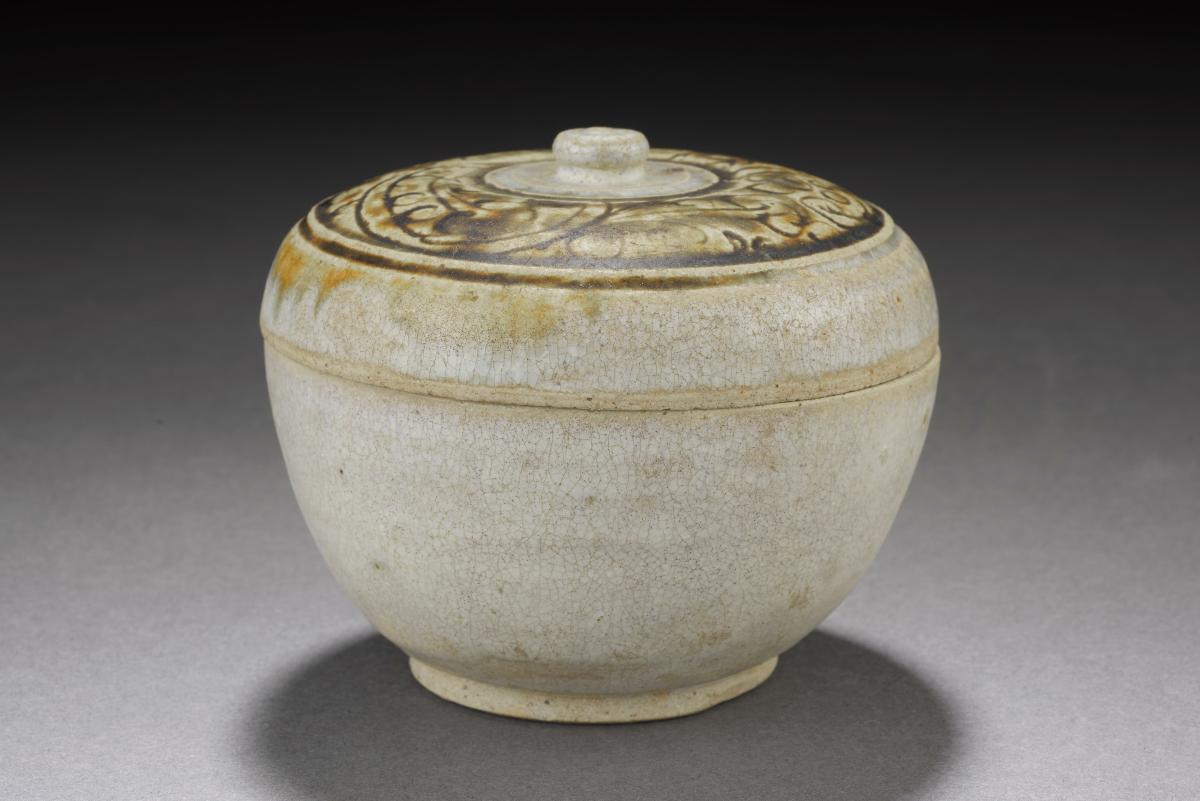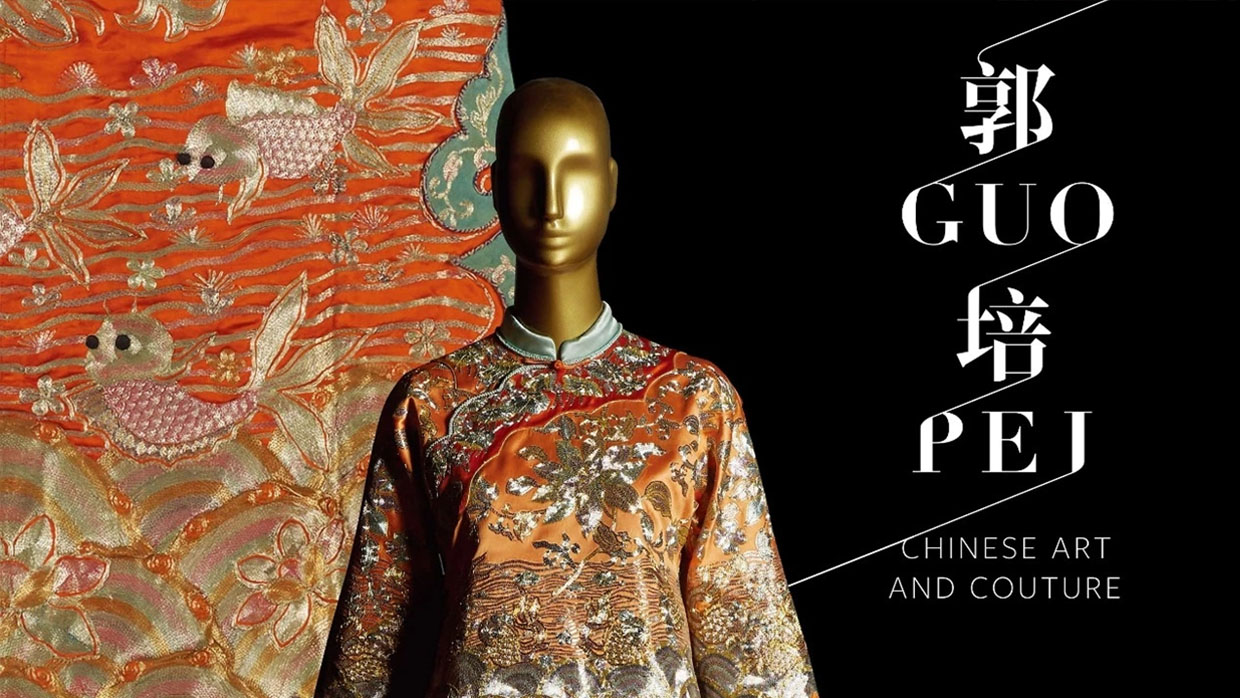Object size: 002: H2.2 x Dia 8.3 cm
This covered box of a circular form with a flattened cover has a ribbed box and cover. Coated with a qingbai glaze, it has faint incised designs on the lid. Such boxes were used to store mirrors, medicine or cosmetics and were mainly funerary objects. Qingbai porcelain derives its name from the shadow blue (yingqing 影青) glaze that covers its rather white clay body. It is likened to clear still water and clear blue sky. Qingbai poreclain became increasingly important in the 13th century with the increase in China’s maritime trade. Qingbai is one of the wares that was exported into Southeast Asia from the Southern Song period (1127-1279 CE) through to the Yuan (1279-1368 CE) and early Ming (1368-1644 CE). This box was acquired in the Philippines and was used as a utility ware and for burials.




